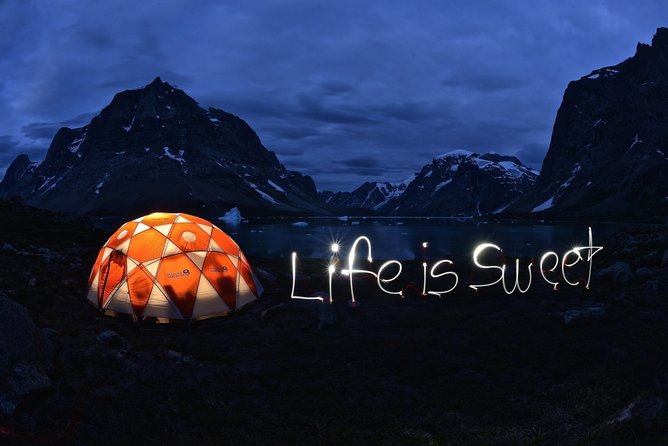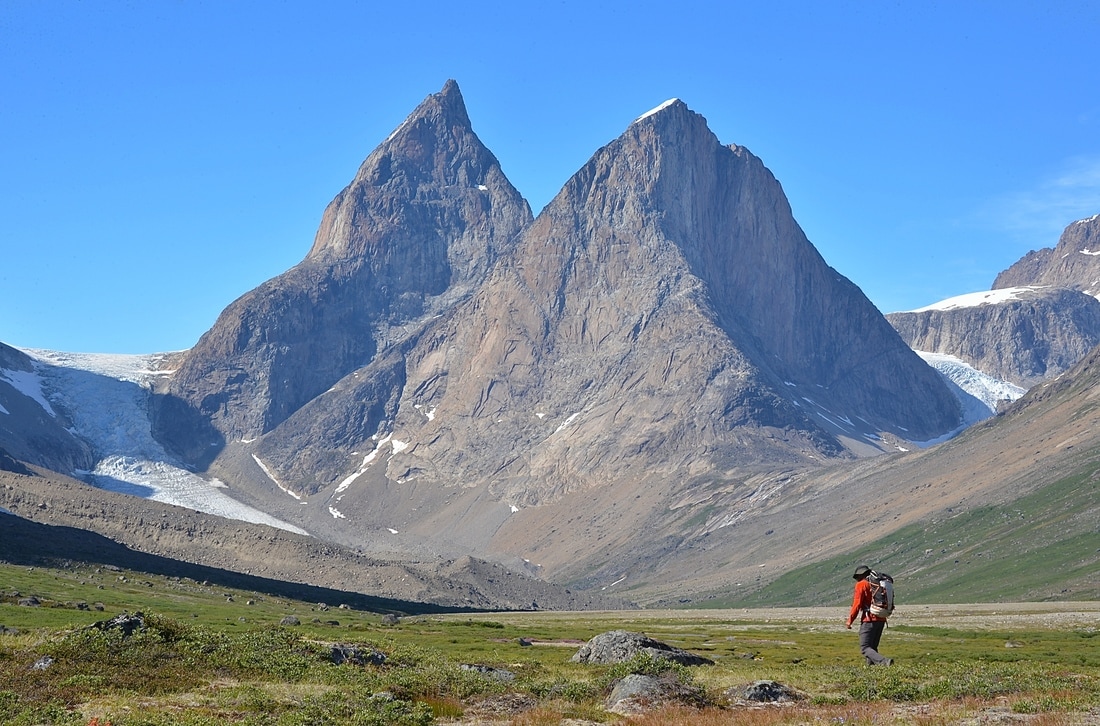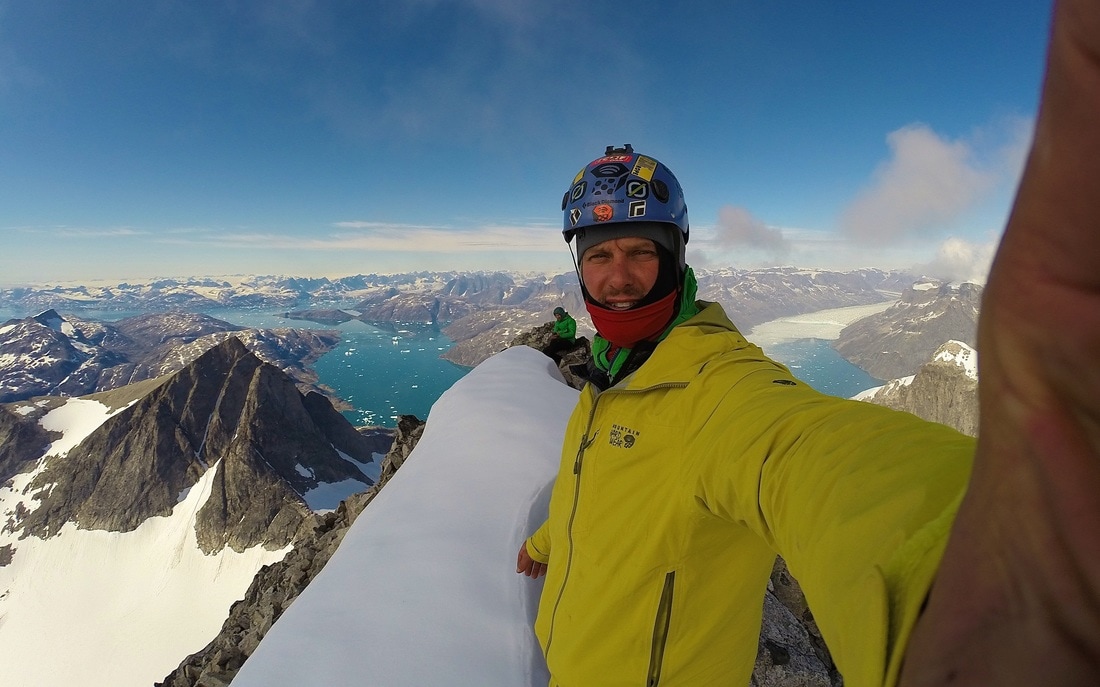An Interview with Mike Libecki
By: Victoria Ortiz
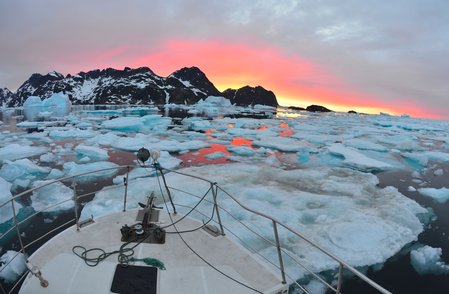 Slow going pushing through sea ice to get to the start of his voyage to the Daddy/Daughter towers.
Slow going pushing through sea ice to get to the start of his voyage to the Daddy/Daughter towers.
His five week expedition included shuttling gear 80 miles, paddleboarding over 100 miles, packrafting 40 miles, and climbing two first ascents, all 400 miles away from the nearest village.
“It’s a huge equation. Every single detail, every variable and constant is part of the journey to the final product of success, of making it to the summit, and of coming home alive. But it’s really about embracing the ‘now’ and connecting with nature and challenging myself,” says Libecki.
Fortunately, on these solo trips he’s in good company. “I get to climb with my favorite partners: Me, Myself and I. We all talk to each other out there in order to be safe and make sure the right decisions are made.”
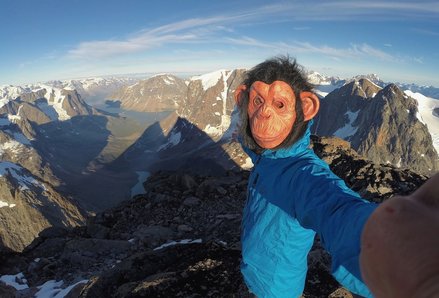 Mike posing for a selfie in his signature “year of the monkey” mask.
Mike posing for a selfie in his signature “year of the monkey” mask.
“I am absolutely in love with the country’s mystery, power and beauty,” he says. “The mountains and rock walls and towers, the polar bears and seals and whales, the waterfalls and icebergs and sea ice and glaciers, it’s truly a magical place.”
One of the hardest parts for him of any expedition is to be away from his 13-year-old daughter Lilliana. “There are a lot of Daddy/Daughter towers out there in the world now,” he laughs, referencing the custom of climbers naming routes and peaks following a first ascent.
After a 32 hour push to the summit of the 6,000+ foot Daddy tower he couldn’t find water and was hit hard by a piteraq (which wikipedia defines as a cold 80-90 mph katabatic wind which originates on the Greenlandic icecap and sweeps down the east coast. The word “piteraq” means “that which attacks you” in the local language). “I was on the verge of hypothermia on the descent. I shivered for two days, which was too close for comfort. It was a big wake up call.”
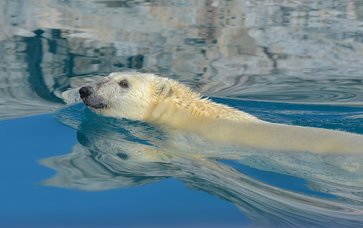 Paddleboarding with polar bears in Greenland
Paddleboarding with polar bears in Greenland
He brought along virtual reality equipment and 360 degree cameras to capture the experience. “If I can get people to feel these beautiful moments that’s a way I can get people to care,” he says.
In addition to education, Mike also contributes data to help solve critical environmental issues. His microplastic and scat samples will help conservation partners figure out the extent of microplastic pollution, and learn more about the origin of antibiotic resistance. “To be an Adventure Scientist means that I am part of a team doing good for the planet and people.”
“It’s really important to find ways to be part of the full circle of giving back,” says Libecki. “I like how my daughter Lilliana puts it: Any true explorer or adventure is also someone giving back and making efforts to better the quality of life of our planet and people.”
|
Mike Libecki is a National Geographic Explorer and longtime Adventure Scientist. This was his tenth expedition to Greenland, out of nearly 70 global expeditions. In addition to climbing two big wall first ascents and paddleboarding with polar bears, he gathered several water and scat samples for Adventure Scientists. |

